DURAN DURAN were founded by Birmingham boys Nick Rhodes and John Taylor; the former was later to remark that “good taste is exclusive” and the pair showed it with a love of Bowie, Bolan, Roxy and Eno.
Following seeing THE HUMAN LEAGUE open for SIOUXSIE & THE BANSHEES, they saw the future and Rhodes’ mother made a £200 investment with the first Wasp synthesizer arriving in the Midlands while Taylor switched from guitar to bass.
Having recruited local drummer Roger Taylor and guitarist Andy Taylor from Newcastle, after a revolving door of vocalists including Stephen Duffy (who would revisit the tapes from his time in the band with Nick Rhodes as THE DEVILS in 2002), Andy Wickett and Jeff Thomas, DURAN DURAN settled on London-born drama student and natural showman Simon Le Bon to complete the classic line-up.
In their developing incarnations, DURAN DURAN became the resident band at The Rum Runner nightclub owned by brothers Paul and Michael Berrow who eventually became their managers, with the three unrelated Taylors, Rhodes and Le Bon working as doormen, bar staff and DJs when not rehearsing. Nick Rhodes and John Taylor would later present ‘Only After Dark’, their own excellent compilation of music played at The Rum Runner during that period in 2006.
In late 1980, Michael Berrow remortaged his house to buy DURAN DURAN a slot to tour as the support act for Hazel O’Connor who was at the time, a rising star of new wave thanks to her starring role in the film ‘Breaking Glass’. The exposure led to them signing to EMI Records, swayed partly by the label’s patronage of THE BEATLES. In the audience for one of the shows was producer Colin Thurston who had worked with David Bowie and Iggy Pop as well as MAGAZINE and THE HUMAN LEAGUE; in DURAN DURAN, he had found his perfect band, one that appealed to both his electronic and art rock sensibilities.
Combining the disco sequencer drive of Giorgio Moroder, the funkier groove of CHIC and the anthemic qualities of glam rock, DURAN DURAN’s debut single ‘Planet Earth’ was released in early 1981. Strategically positioning themselves as New Romantics “looking for the TV sound”, the song reached No12 in the UK charts while the music press set them up as rivals to SPANDAU BALLET who had hit the Top5 at the end of 1980 with ‘To Cut Long Story Short’.
But Messrs Le Bon, Rhodes, Taylor, Taylor and Taylor were confident in their own abilities; “If that’s the best they can do, we’re not going to have too much to worry about” remembered Andy Taylor in his autobiography ‘Wild Boy’, especially as the superb ‘Planet Earth’ B-side ‘Late Bar’ proved to be another indicator of their talent.
DURAN DURAN were once described by The Guardian in 2015 as “an electronic band with a heavy rock guitarist bolted on” and for their first two classic albums, they sounded just like that. “We want to be the band to dance to when the bombs drop” said Le Bon during a period of heightened Cold War tensions. With ambitions to cross THE SEX PISTOLS with CHIC while also dropping in the electronic disco of Moroder, perhaps unsurprisingly, the quintet were clearly influenced by JAPAN, another young quintet who were turning heads with their good looks, flamboyant fashion sense and futuristic sound.
DURAN DURAN took the arty poise of JAPAN and toned down their androgynous outré to make it more accessible; they even employed Fin Costello who had photographed the ‘Quiet Life’ gatefold cover to do the images for their self-titled debut album. But the lead up did not go well when their second single ‘Careless Memories’ stalled at No37. But that band had ‘Girls On Film’ and several tricks up their sleeve.
With ‘Planet Earth’, rather than just simply extend a song by joining together sections of tape, DURAN DURAN actually took time to rearrange and re-record a 12 inch Night Version. From its opening Compurhythm beat and first instrumental chorus set to Nick Rhodes’ swimmy Crumar Performer to Simon Le Bon’s closing verse ad-lib, the freer Night Version of ‘Girls On Film’ would go on to form the basis of DURAN DURAN’s live versions. Then there was the controversial ‘Girls On Film’ video featuring scantily clad models, sumo warriors, mud wrestling, pillow fights, horseplay and ice cubes in which band only appeared in the background!
The full-length ‘Girls On Film’ video was not intended for TV broadcast and only to be shown in night clubs, but the outrage did the job as the band gained notoriety in both the music and tabloid press. An alternative ending even showed the band cheekily holding up a banner which read “SOME PEOPLE WILL DO ANYTHING TO SELL RECORDS”. However, their ironic take on exploitation was misunderstood but in the US, the banning of the video helped DURAN DURAN rather than hindered them.
Filled with excellent tracks such as ‘Anyone Out There’, ‘Night Boat’ and the dramatic orchestrated instrumental ‘Tel Aviv, the self-titled debut ‘Duran Duran’ long player would eventually reach No3 in the UK album charts. Aside from the singles, the key highlight was ‘Friends Of Mine’, a song that still gets regular airings at Duran gigs over 40 years on.
Launched by Nick Rhodes’ synth drones and a pulsing arpeggiator, the infectious chorus of “Georgie Davies is coming out…no more heroes, we twist and shout” was inspired by the ‘George Davis Is Innocent’ campaign of 1975. Davies’ friends dug up Headingley Cricket Ground before a Test match in protest at his conviction for armed robbery; he was later released but it turned out he wasn’t actually so innocent after all!!!
To close 1981, DURAN DURAN released ‘My Own Way’, a frenetic disco funk experiment with a string section which the band later felt was a mistake, no doubt disappointed by its No14 chart position. The single’s B-side ‘Like An Angel’ was also a surprise as a sprightly love song which pointed away from the New Romantics to the more mainstream pop ambition that their second opus ‘Rio’ would realise in Spring 1982.
Crucially, the band had toured like there was no tomorrow, unlike their arch rivals SPANDAU BALLET. While Simon Le Bon may not have had the greatest voice in the world, he had swagger. “Decadent DURAN DURAN?” he remarked on the ‘Top 10 New Romantics’ documentary back in 1999, “We weren’t, we were just hard working!”. Their live experiences, particularly in North America opening for BLONDIE allowed the band to realise their strengths, especially when they started getting encores and overshadowing the admittedly imploding headline act.
Working again with Colin Thurston, the ‘Rio’ album with its iconic Patrick Nagel cover image saw DURAN DURAN achieve a perfect balance between art and pop. “A dialogue between the ego and the alter-ego”, ‘New Religion’ was a highlight capturing a schizophrenic tension while ‘The Chauffeur’ threw in a drum machine, synths, treated piano and an ocarina alongside a closing monologue about insects, while there was also the erotic Helmut Newton-inspired visual accompaniment.
‘Hungry Like The Wolf’, ‘Save A Prayer’ and the title song provided the hits while ‘Last Chance On The Stairway’ could easily have been a viable single. ‘Hold Back The Rack’ became a fan favourite with its “life on the road” narrative but while the slowed down re-recording of ‘My Own Way’ had more muscle than its original orchestrated incarnation, it paled next to the other tracks.
As the band toured the UK in support of ‘Rio’, the theatres began to be filled with hysterical teenage girls known as Duranies while their earlier artier club audience moved on. On the other side of the Atlantic, DURAN DURAN were making headway via MTV with their exotically located videos for ‘Hungry Like The Wolf’ and ‘Save A Prayer’ while ‘Rio’ captured the quintet as the most famous boat crew.
Issued to ensure DURAN DURAN attained the coveted UK No1 slot in Spring 1983, the interim ‘Is There Something I Should Know?’ was an exclusively single only release with completely different versions featured on the 7 and 12 inch formats. As well as an overly strained chorus, it featured Le Bon’s dreadfully unforgettable lyric “You’re about as easy as a nuclear war!” during which Andy Taylor pulled a knowing smirk in the accompanying promo video. Meanwhile the band’s American label Capitol cashed in by appending the track onto a repackage of the self-titled debut long player.
Now tax exiles, writing for the all-important and difficult third album began in France before recording took place in Montserrat and Australia with new producer Alex Sadkin in association with Ian Little who had helmed ‘Is There Something I Should Know?’; titled ‘Seven & The Ragged Tiger’, the “Seven” were the five band members plus the Berrow brothers while “The Ragged Tiger” was fame!
There were reports that certain members of the band had settled into a snowy oblivion with John Taylor in particular dancing the Hokey Cokey with party brother Andy while also building a reputation as a master swordsman! Things were additionally becoming tense with good old-fashioned music differences. Andy and John Taylor felt that DURAN DURAN’s sound was becoming too synthy and polished; this disillusionment would ultimately lead to the pair forming the more rock-oriented side-project THE POWER STATION with Robert Palmer and Tony Thompson.
Falling under the spell of David Bowie’s success with ‘Let’s Dance’, the first single ‘Union Of The Snake’ was a stilted pastiche of it. But purchasers found a treat in its B-side ‘Secret Oktober’, an atmospheric synth ballad free of guitars that showcased more esoteric influences; written by Le Bon and Rhodes, in hindsight this now comes over as the beginning of ARCADIA which the artier pair went on to record as, result in the lush but pretentiously self-indulgent ‘So Red The Rose’ album released in late 1985.
Despite being a multi-million seller, ‘Seven & The Ragged Tiger’ was a disappointing follow-up to ‘Rio’. Songs such as ‘(I’m Looking For) Cracks in the Pavement’ and ‘The Seventh Stranger’ laboured their points, but there were highlights such as the feisty ‘Shadows on Your Side’, the still underrated single ‘New Moon On Monday’ and ‘Tiger Tiger’, possibly the best JAPAN instrumental that Sylvian and Co never recorded.
The ‘Seven & The Ragged Tiger’ album sessions had not been a happy experience with the prolonged mixing leading to a fall out between John Taylor and Alex Sadkin. The band felt in particular that the opening song ‘The Reflex’ had potential but had not been fully realised. Enter Nile Rodgers who gave the track a rhythmic lift and played around with the then-newish innovation of sampling, using various vocals to create new hooks and phrases for a monster international No1 in the UK and the US.
Following a lucrative sell-out US tour, it was live document time with the release of the ‘Arena’ album and film, as well as the ‘Sing Blue Silver’ behind-the-scenes documentary in late 1984. Accompanying these products was a new bombastic over-the-top single ‘The Wild Boys’ produced by Nile Rodgers, originally written for a lavish film project to be directed by Russell Mulcahy based on the same titled William Burroughs’ book which ultimately fell through.
‘The Wild Boys’ had been heavily influenced by FRANKIE GOES TO HOLLYWOOD who had hit No1 with ‘Realx’ earlier in 1984 but in the studio, creative tensions came to a head. Legend has it that a mischievous Andy Taylor deliberately wrote ‘The Wild Boys’ in a key that the limited but passionate voice of Le Bon would struggle with; the singer would later retaliate in kind with the line “who really gives a damn for a flaky bandit?” in ‘Notorious’.
The end of 1984 saw DURAN DURAN beat arch rivals SPANDAU BALLET in a Christmas special edition of the BBC’s ‘Pop Quiz’, although it was revealed a few years later that an A&R man from EMI had pulled a few strings to get the questions and answers leaked to the band. But as the quintet divided into ARCADIA and THE POWER STATION with Roger Taylor in the middle contributing to both factions, they reconvened in 1985 for ‘A View To A Kill’, the theme to the 14th film of the James Bond franchise. Netting another US No1, it was to be the last hurrah for the classic line-up.
After a tense and strained appearance at Live Aid in Philadelphia, Roger and Andy Taylor exited the band… the drummer was exhausted by the pressure of being part of a mega-successful band while the guitarist felt he could take his own axeman dreams to the next level without the restrictions of the band format.
The remaining trio attempted to get Andy Taylor back into DURAN DURAN for their fourth long player ‘Notorious’ released in 1986. However, the matter ended up in litigation with the guitarist reluctantly contributing to ‘A Matter Of Feeling’, ‘American Science’ and ‘Proposition’. However, the album’s remaining six string duties fell to MISSING PERSONS’ Warren Cuccurullo and the album’s producer Nile Rodgers.
Although the album was notable for the funkier excursions of the title song and ‘Skin Trade’, the solemn synth laden art piece ‘Winter Marches On’ was the highlight and very reminiscent of ARCADIA, only much better. While very well produced and played, the ‘Notorious’ album did not have the run of hits that characterised its predecessors. But the fact that it was even made meant that for now at least, DURAN DURAN had a future.
With new producers Jonathan Elias and Daniel Abraham, the ‘Big Thing’ album of 1988 saw a more programmed electronic approach with a drum machine being used for writing purposes and John Taylor putting aside his bass guitar. One of the results was ‘All She Wants Is’, possibly the closest DURAN DURAN have come to replicating the robotic overtures of KRAFTWERK which became a surprise UK Top 10 hit.
While songs such as ‘I Don’t Want Your Love’ and ‘Drug (It’s A State Of Mind)’ had a vibrancy thanks to their house music influences, the remainder of ‘Big Thing’ was plagued by underwhelming AOR such as ‘Land’. As the decade concluded, DURAN DURAN’s fortunes were beginning to wane with show attendances dropping although their first if incomplete greatest hits collection ‘Decade’ went Top5 in the UK.
Employing Chris Kimsey who had worked with THE ROLLING STONES and THE PSYCHEDELIC FURS as producer, 1990’s ‘Liberty’ was an attempt to capture the spark of DURAN DURAN’s classic five-piece band format with guitarist Warren Cuccurullo and drummer Sterling Campbell joining the fold. Despite good intensions, the album’s launch single ‘Violence Of Summer (Love’s Taking Over)’ was rotten. Full of lame plod rock, the unloved ‘Liberty’ album did have a saving grace in the haunting ‘My Antartica’, often considered by Duranies as the great lost song in the band’s portfolio.
While Sterling Campbell left to join David Bowie’s live band, Warren Cuccurullo remained with DURAN DURAN and became was inspirational in revitalising the remaining trio for what was to become known as ‘The Wedding Album’ in 1993. Setting up a studio in Cuccurullo’s Battersea home, a back-to-basics songwriting approach yielded the huge hits ‘Ordinary World’ and ‘Come Undone’. The groovy beat-laden ‘None Of The Above’ was another of the highlights from ‘The Wedding Album’ while ‘Too Much Information’ proved to be extremely prophetic.
But having re-established themselves internationally with ‘The Wedding Album’, DURAN DURAN snatched defeat from the jaws of victory with the 1995 covers compendium ‘Thank You’. Often considered by critics as one of the worst albums ever recorded, Le Bon’s vocals on ‘White Lines (Don’t Do It)’ were more comical than awful although the take on THE DOORS’ ‘The Crystal Ship’ was actually quite enjoyable.
In amongst all the ham reinterpretations of established standards, the band actually covered themselves in a new version of ‘The Chauffeur’ entitled ‘Drive By’. And while Lou Reed described the DURAN DURAN version of ‘Perfect Day’ as being potentially the best re-recording of any of his songs, it was notable for the return of Roger Taylor in a guest drummer role.
By 1997, DURAN DURAN were in a state of turmoil; Simon Le Bon was experiencing writer’s block while John Taylor was suffering from depression and left halfway through the recording of the next album ‘Medazzaland’. This state of affairs led to Nick Rhodes working more closely with guitarist Warren Cuccurullo and the keyboardist taking a spoken word lead on the title track of the album. Worse was to come as the end product was only released in the US, resulting in the end of the band’s tenure with EMI.
Despite all the problems, during this period, DURAN DURAN released the first song available for digital purchase on the internet. Featuring lyrics penned by Nick Rhodes about falling in love with a robot, the deviant ‘Electric Barbarella’ was a close relative to ‘Hold Back The Rain’, with screeching guitars alongside the processed electronics.
Included as part of a new hits compilation entitled ‘Greatest’, 1998 saw DURAN DURAN reinvigorated and back in demand as a live act in the UK. Despite having no Taylors in the line-up, audiences still suffering from the hangover that was Britpop were yearning for the very music which Cool Britannia had all but buried.
But in 2000, DURAN DURAN again snatched defeat from the jaws of victory with the disastrous ‘Pop Trash’. Self-produced, it had been a difficult album for the band to make and remains their worst selling long playing record to date. After a lukewarm world tour, Le Bon declared that he no longer wanted to work with Cuccurullo.
When Le Bon and Rhodes called in on John Taylor at his Los Angeles home for a social meet-up, the bassist suggested reuniting the classic line-up; the subsequent world tour starting in 2003, which also saw Roger and Andy Taylor return, was a triumph. The ‘Live From London’ DVD filmed during the 2004 leg was a rare artefact in capturing the energy and thrills of the reunion in a terrific set comprising of hits, fan favourites and new material.
Signing to Sony Music and heralding the classic line-up’s first album together since ‘Seven & The Ragged Tiger’, the anthemic lead single ‘Sunrise’ recaptured that bouncy old DURAN DURAN magic. However, the long awaited 2005 long player ‘Astronaut’ did not meet expectations with far too many producers like Nile Rodgers, Dallas Austin and Don Gilmore involved, although ‘Want You More!’ and ‘What Happens Tomorrow’ were the best of not a very good bunch.
The proposed back-to-basics follow-up album ‘Reportage’ was rejected by Sony, leading to Andy Taylor leaving for the second time. At the suggestion of the label, who according to Roger Taylor wanted something “a bit pop”, the involvement of Timbaland and Justin Timberlake on 2007’s ‘Red Carpet Massacre’ confused fans and critics alike. While the resulting album was another mixed bag, the synth heavy pulse of ‘The Valley’ was a terrific standout along with the energetic ‘Zoom In’.
Now without a record deal, DURAN DURAN had another rethink and their persistent efforts bore artistic fruit with 2011’s brilliant ‘All You Need Is Now’ initially released as a nine-track album via Nick Rhodes’ Tape Modern imprint exclusively on iTunes. Produced by Mark Ronson, the New York based Londoner was keen to see DURAN DURAN reclaim their quintessential sound by aiming for the funk-led electronic based art pop of their first two albums and hailed it as the “real follow-up to ‘Rio’”.
Nick Rhodes agreed that ‘All You Need Is Now’ was “undoubtedly one of the strongest of our career” as DURAN DURAN refound their creative stride. The mighty title song was like a glitterball ‘Are Friends Electric?’ with a message to enjoy the moment while ‘Being Followed’ was superb sequencer assisted number with the tingling metallic edge of THE CURE’s ‘A Forest’ that captured the paranoia of today’s surveillance society.
Recalling the wonderful ambience of ‘Tel Aviv’ from the self-titled debut album alongside the haunting spectre of ‘The Chauffeur’, ‘The Man Who Stole A Leopard’ was dreamily augmented by songstress Kelis and string arrangements by Owen Pallett. Meanwhile, ‘Girl Panic’, ‘Too Bad You’re So Beautiful’ and ‘Runaway Runaway’ were unmistakably classic DURAN DURAN at their danceable poppy best.
For the third time in their up and down career, DURAN DURAN again stole defeat from the jaws of victory with the gloriously under par ‘Paper Gods’ in 2015. Largely produced by Mr Hudson, it was an ill-advised attempt to get down with Da Kidz. The excruciatingly painful dance anthem ‘Last Night In The City’ was a particular low point but ‘Face For Today’ was a synth laden number in the classic DURAN DURAN vein, while the funky Nile Rodgers and Mark Ronson produced ‘Pressure Off’ featuring singer Janelle Monáe stopped things from being a complete disaster.
But as ever, DURAN DURAN got back on track and celebrating 40 years as recording artists, their 15th studio album ‘Future Past’ was a “live for the moment” statement of how a something today can become a cherished memory in times to come. Connecting with one of their biggest influences, two of the album’s best tracks ‘Beautiful Lies’ and ‘Tonight United’ were produced by Giorgio Moroder, delivering what was expected but that was no bad thing.
The majority of ‘Future Past’ was helmed by British producer Erol Alkan of BEYOND THE WIZARDS SLEEVE fame while Graham Coxon of BLUR contributed guitar. Among the other highlights were the chiptune inspired ‘More Joy!’ featuring chants by Japanese rock band CHAI and a syncopated disco poise capturing DURAN DURAN at what they do best. Meanwhile, the appropriately named ‘Anniversary’ provided Easter eggs with hints of ‘The Wild Boys’, ‘Girls On Film’ and ‘Save A Prayer’ in an ode to four decades of friendship. Overall, ‘Future Past’ was a vast improvement on ‘Paper Gods’.
The end of 2022 saw DURAN DURAN inducted into The Rock and Roll Hall Of Fame with all of the original quintet invited to the ceremony. But Andy Taylor was unable to attend and it was learned that the guitarist was battling Stage 4 metastatic prostate cancer. However, this sad news has instigated a new project which sees Simon Le Bon, Nick Rhodes, John Taylor, Roger Taylor and Andy Taylor recording together again, along with the new and past members of the extended Duran family for an album to be released on BMG at the end of 2023.
As DURAN DURAN embark on another world tour, their longevity through their triple ups and downs to a current upward trajectory is a testament to how when you’ve got it, you might lose your way, but you can re-focus and get the muse back. Although considered a boy band of their day, their musicality gave them a broad crossover appeal. The bottom line of DURAN DURAN’s enduring legacy is great timeless pop songs swathed in aspiration.
The hardback photo book ‘Careless Memories’ by Denis O’Regan featuring contributions from all members of the band is published by ACC Art Books
DURAN DURAN UK + Ireland 2023 live dates include:
Manchester AO Arena (29th April), London O2 (1st + 2nd May), Leeds First Direct Arena (4th May), Birmingham Utilita Arena (5th May), Dublin3 Arena (7th May)
https://www.facebook.com/duranduran/
https://twitter.com/duranduran
https://www.instagram.com/duranduran/
Text by Chi Ming Lai
7th April 2023

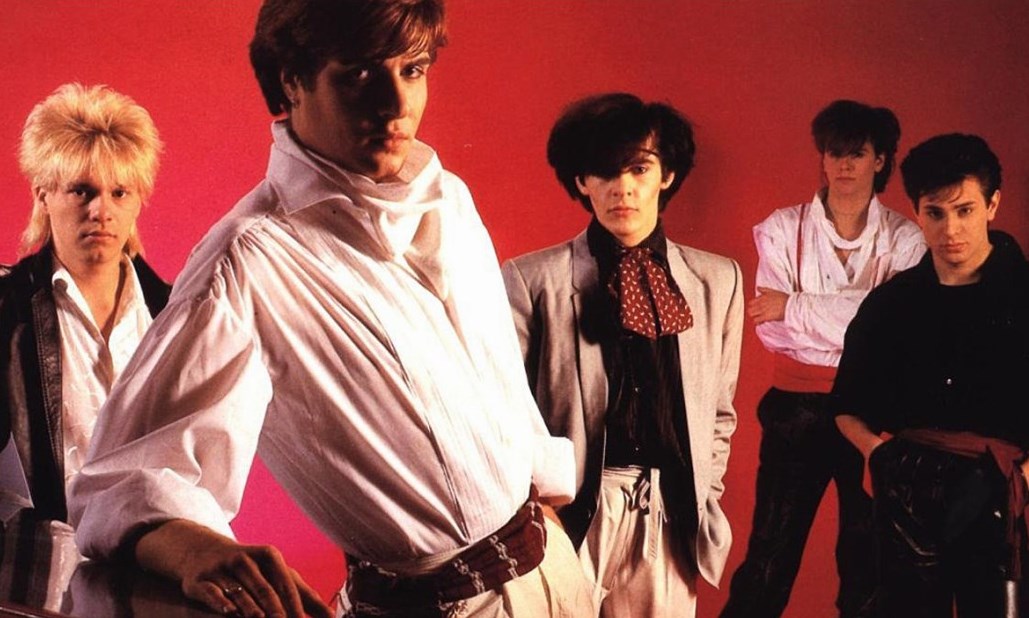
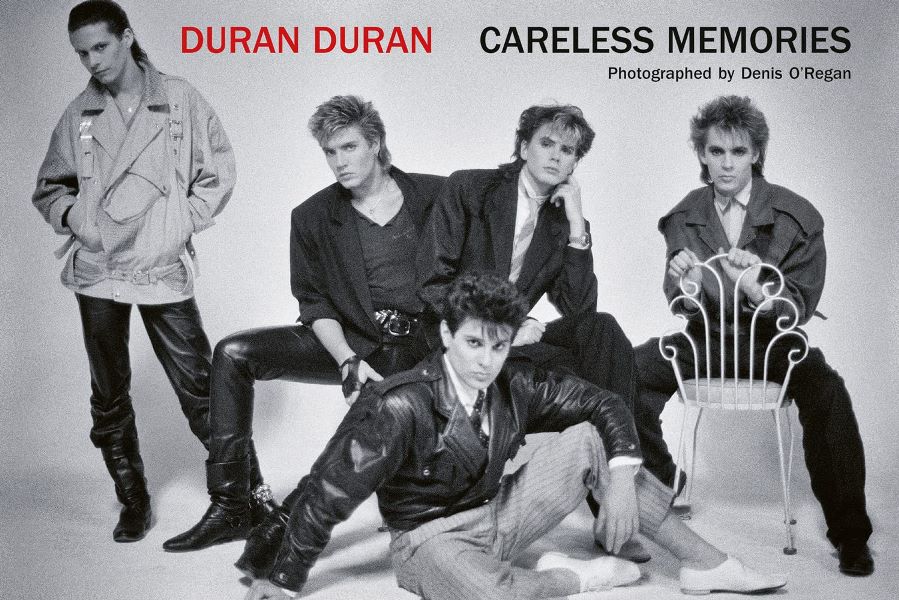

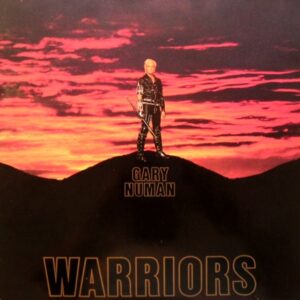
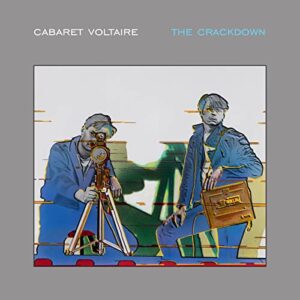
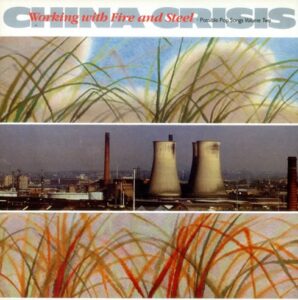
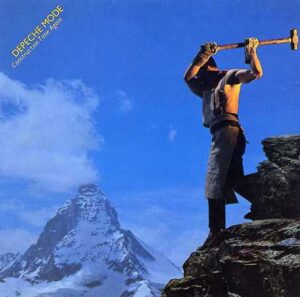
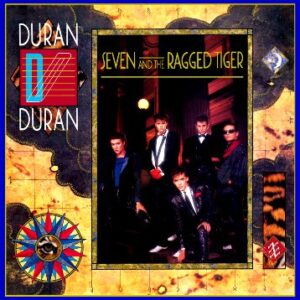
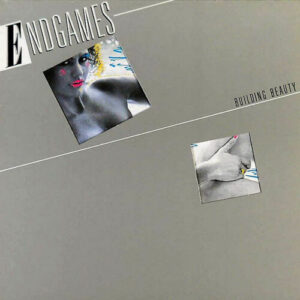

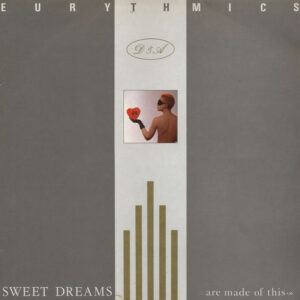
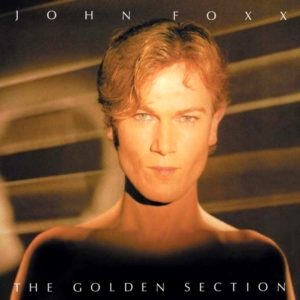
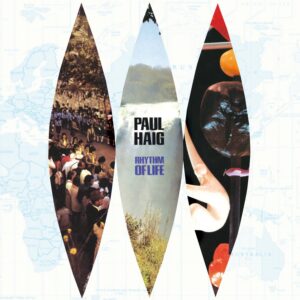
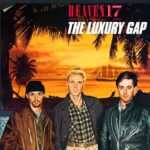
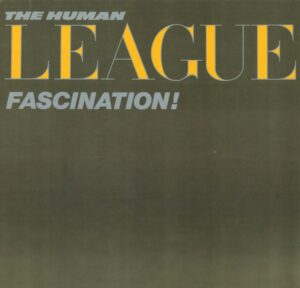
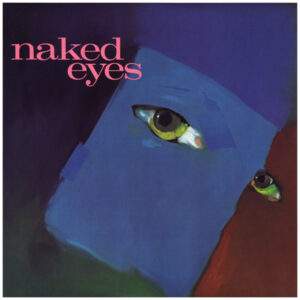
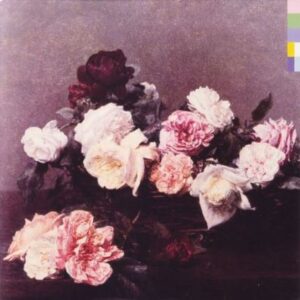
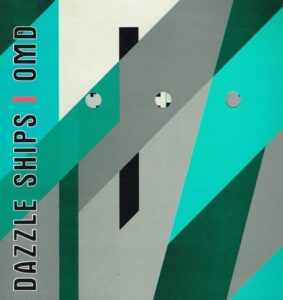
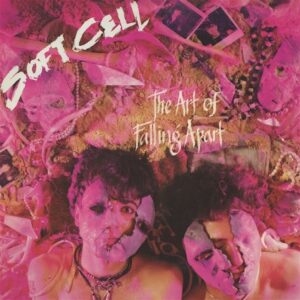
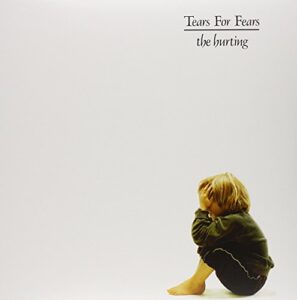
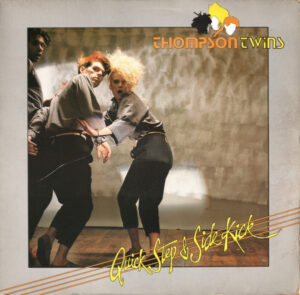
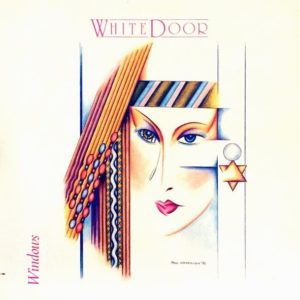


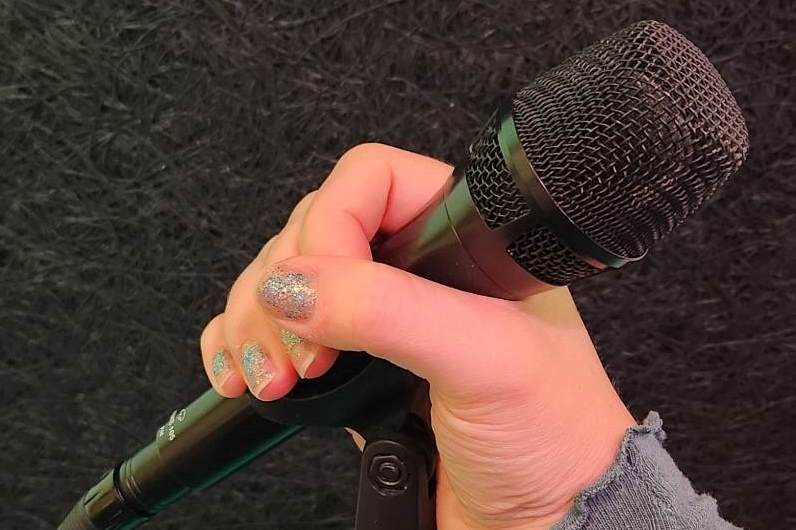
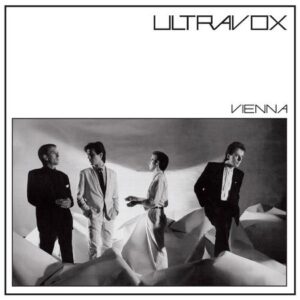
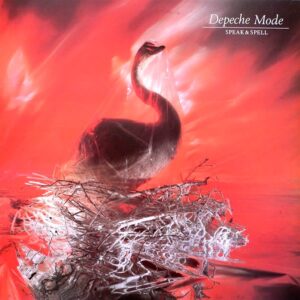
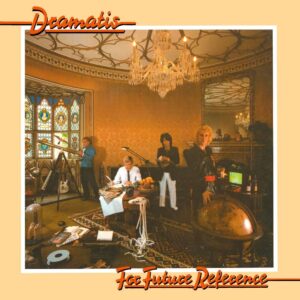
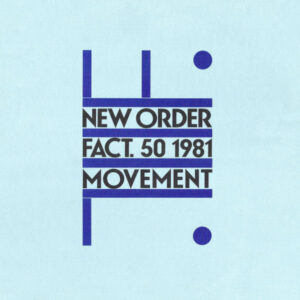
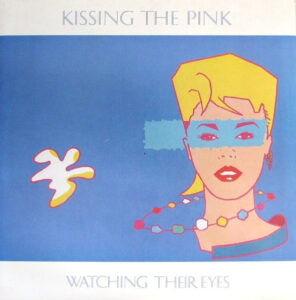
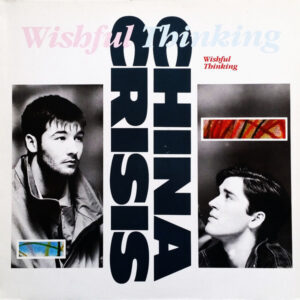

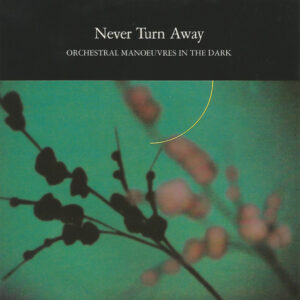
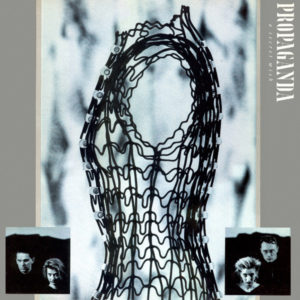
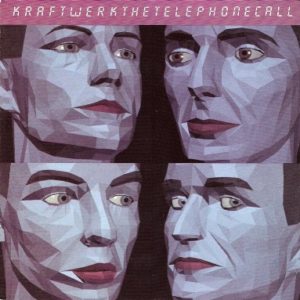
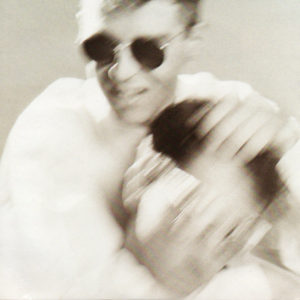
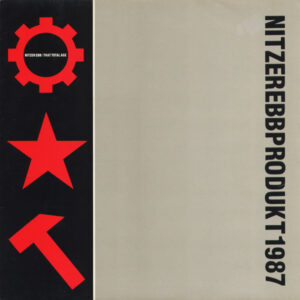
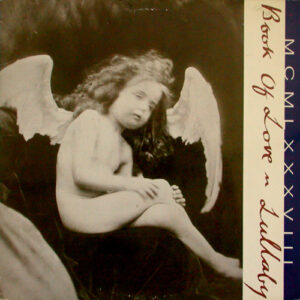
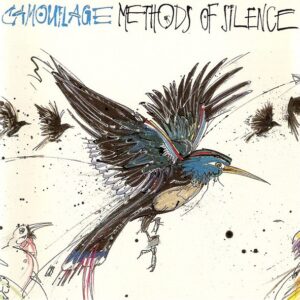
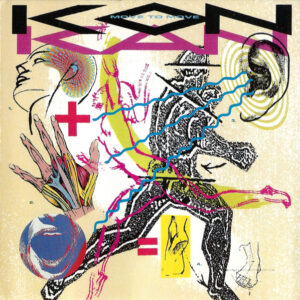
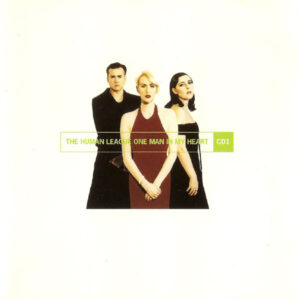
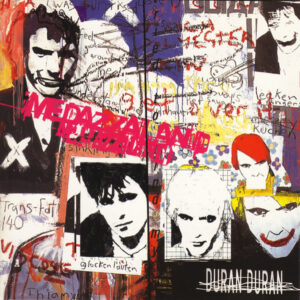
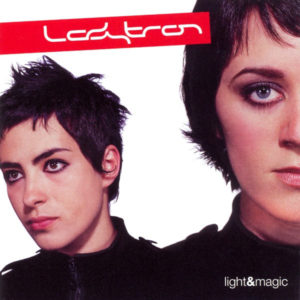
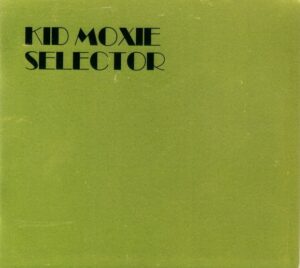
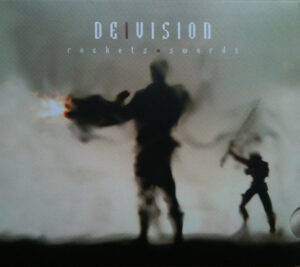
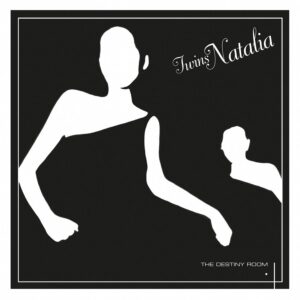

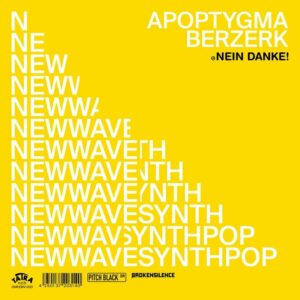
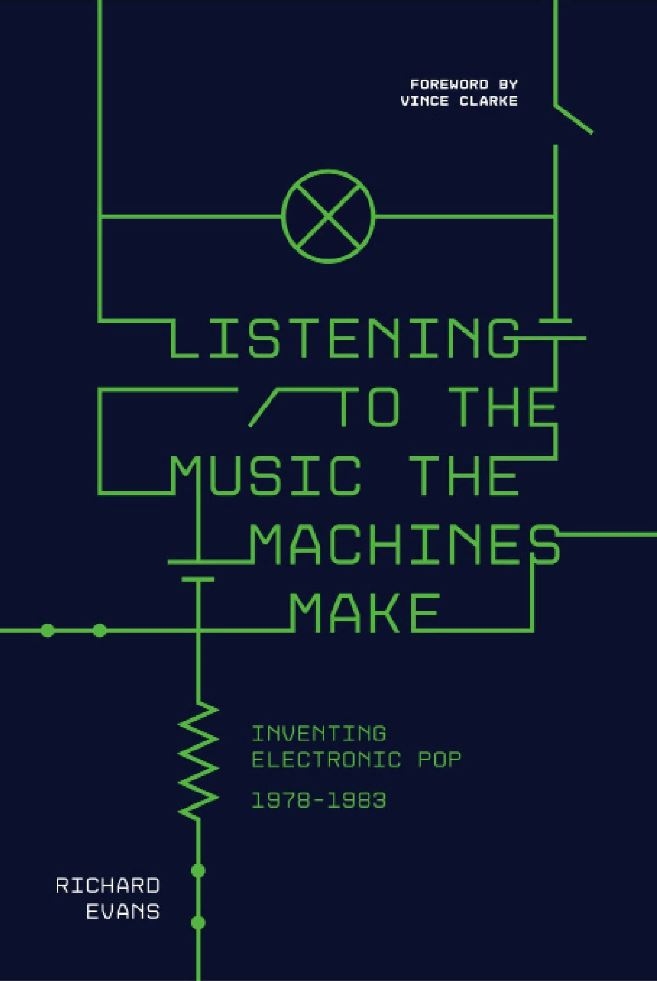
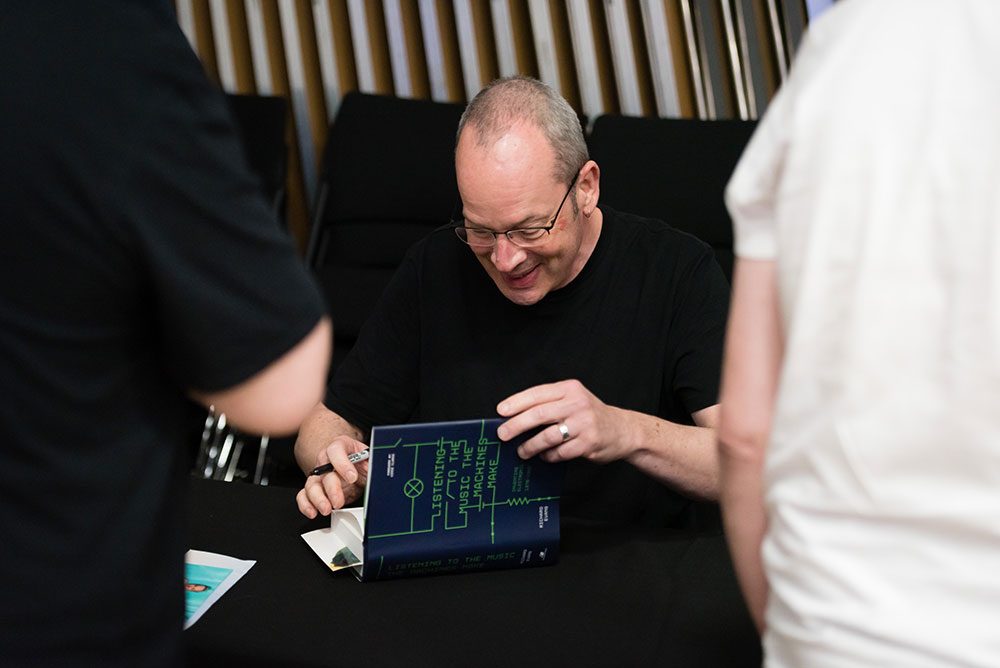
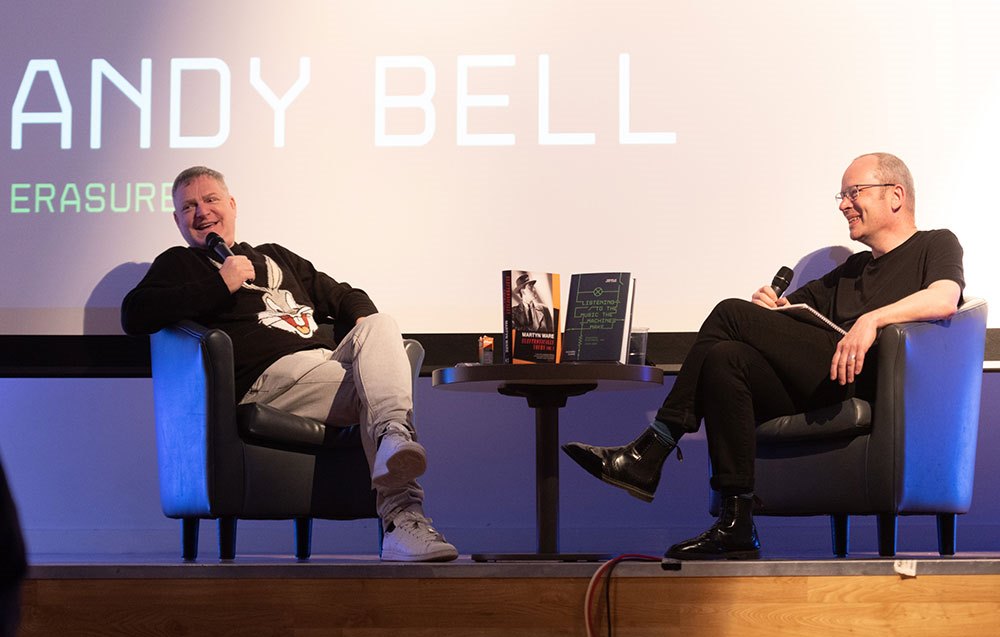
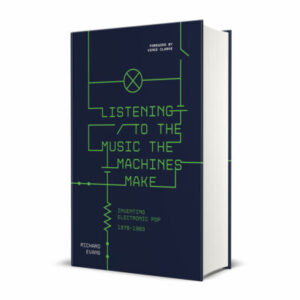
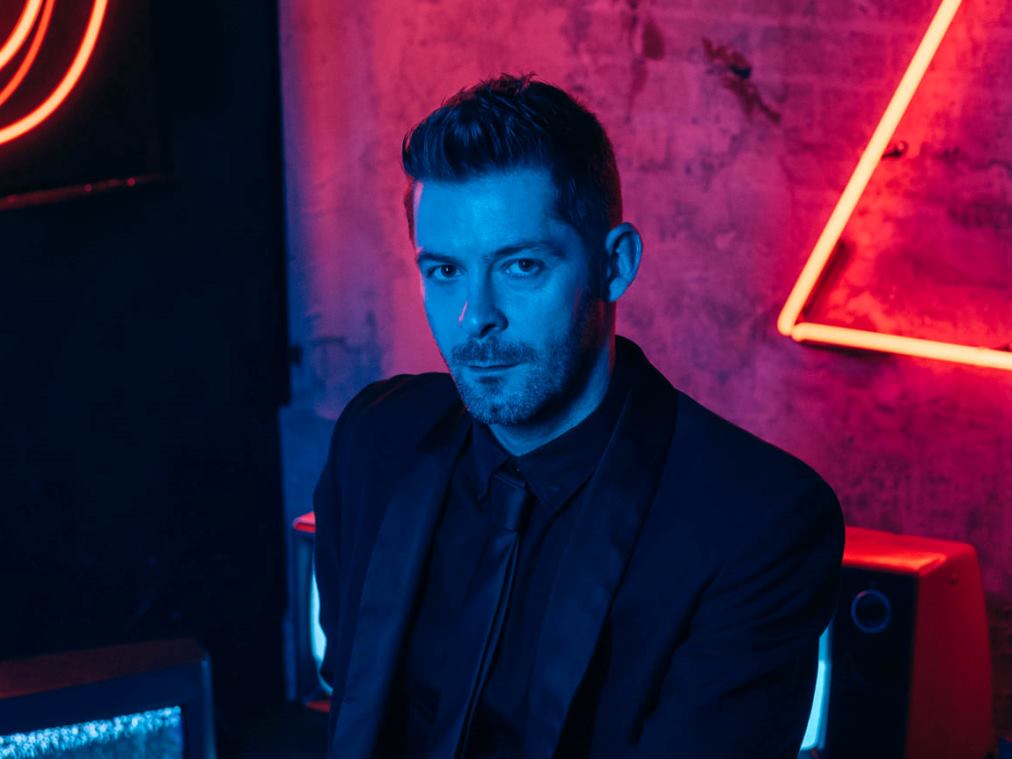
Follow Us!